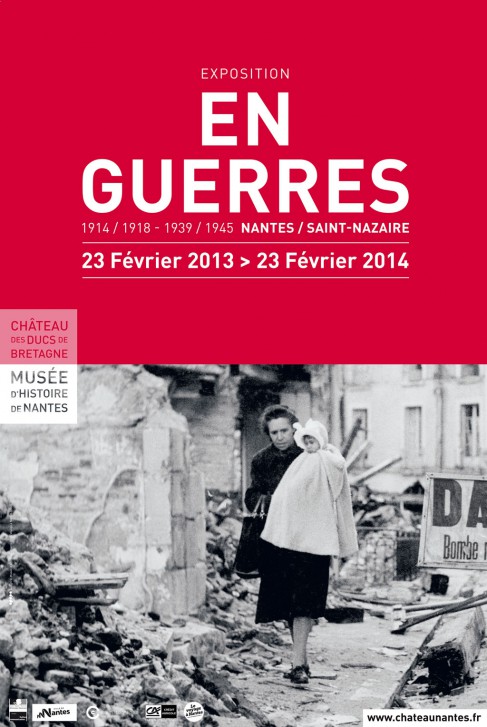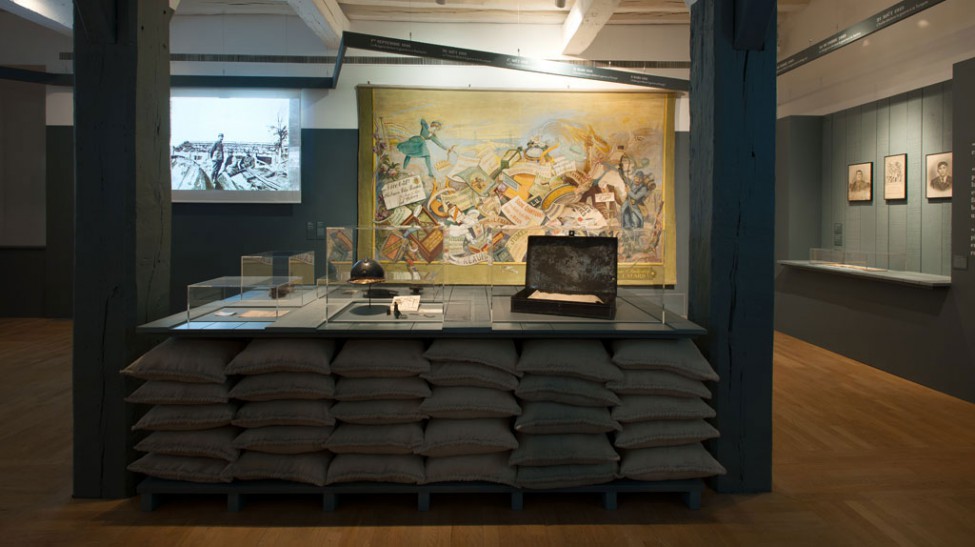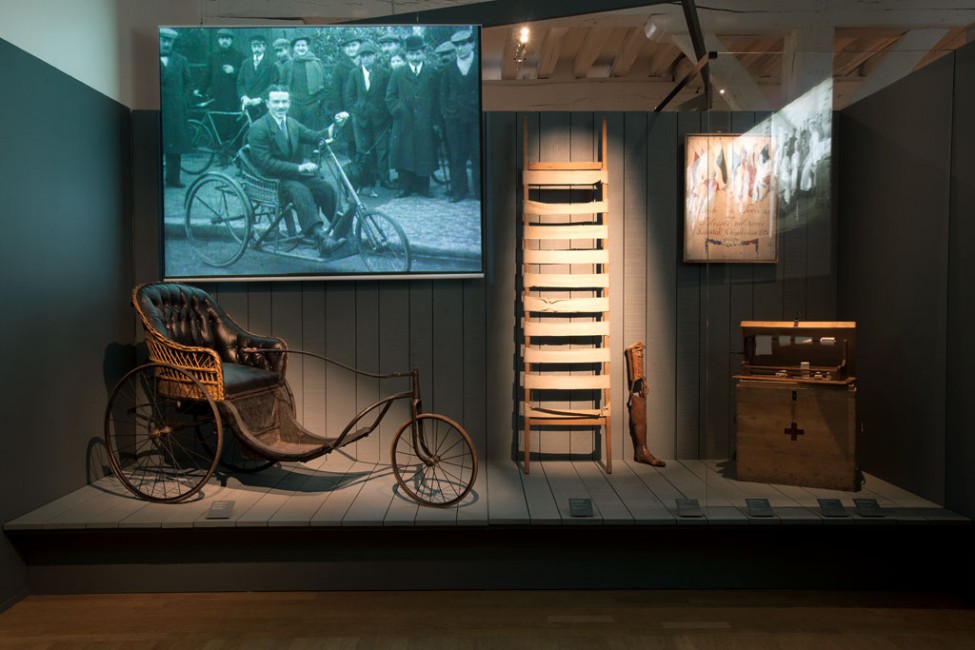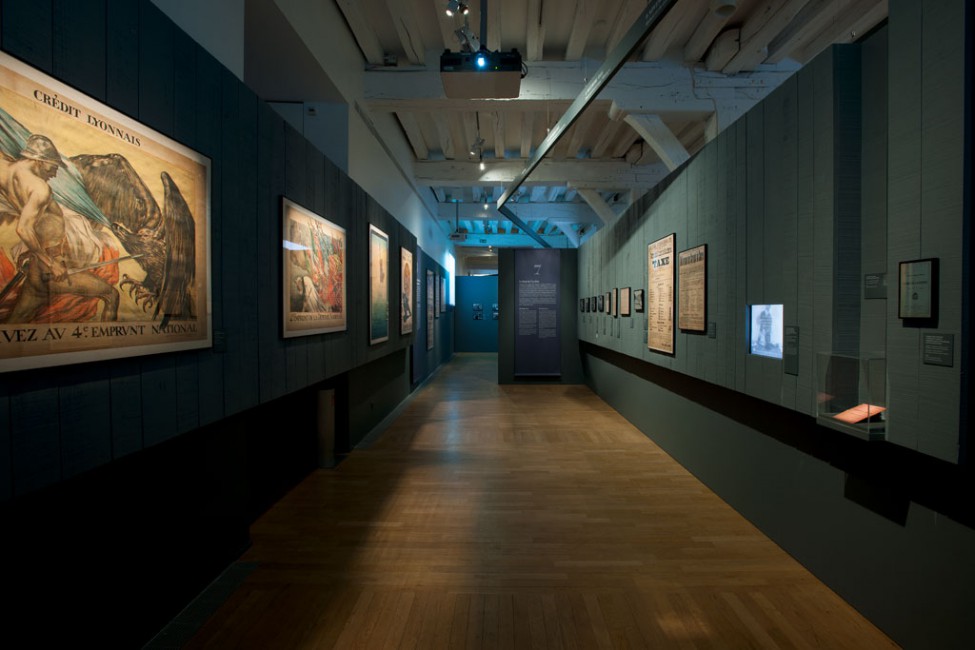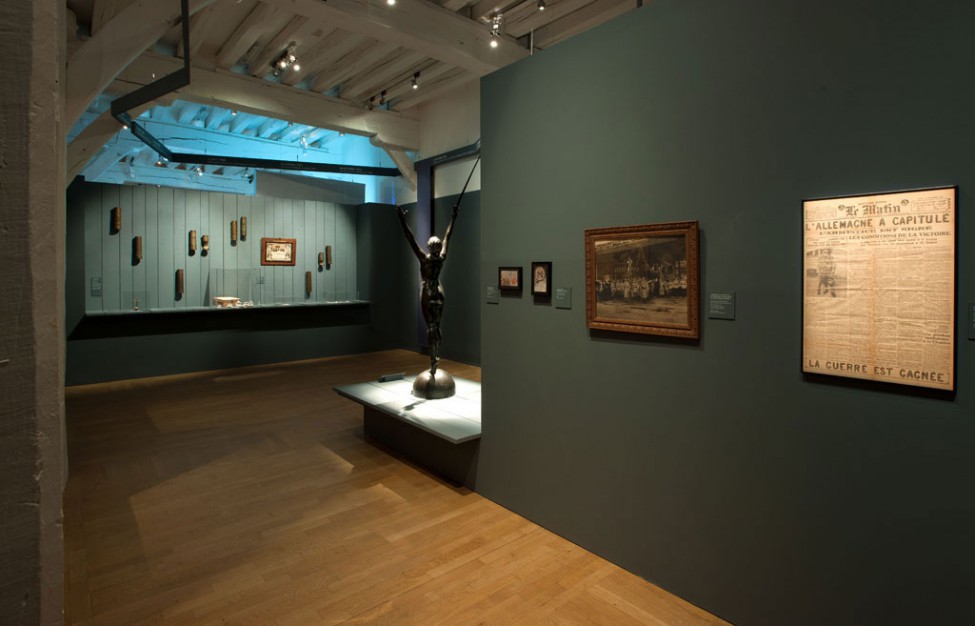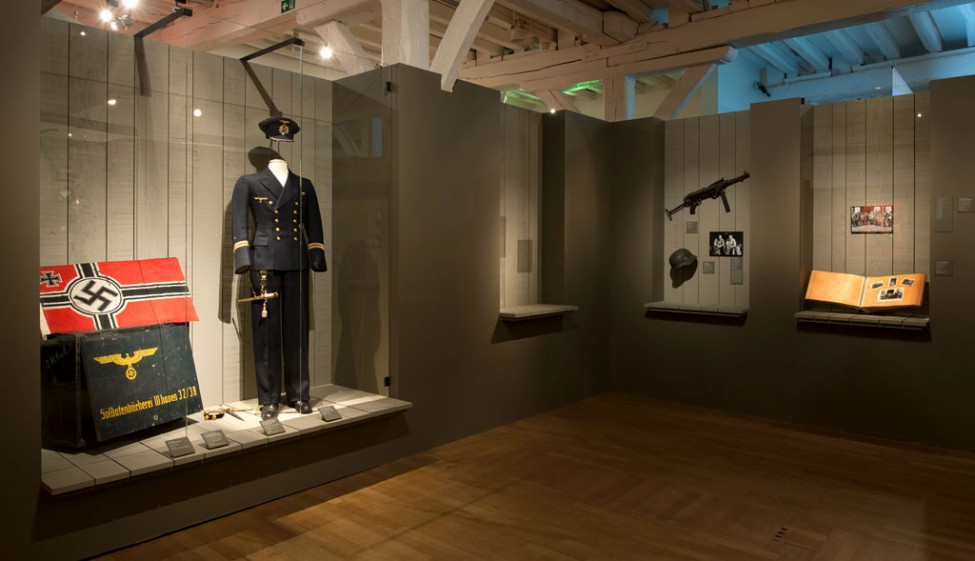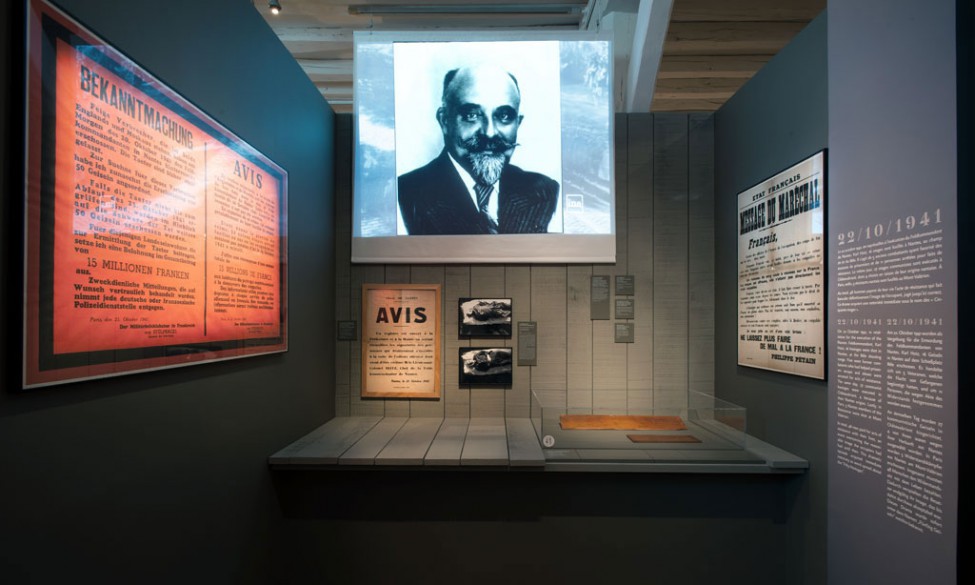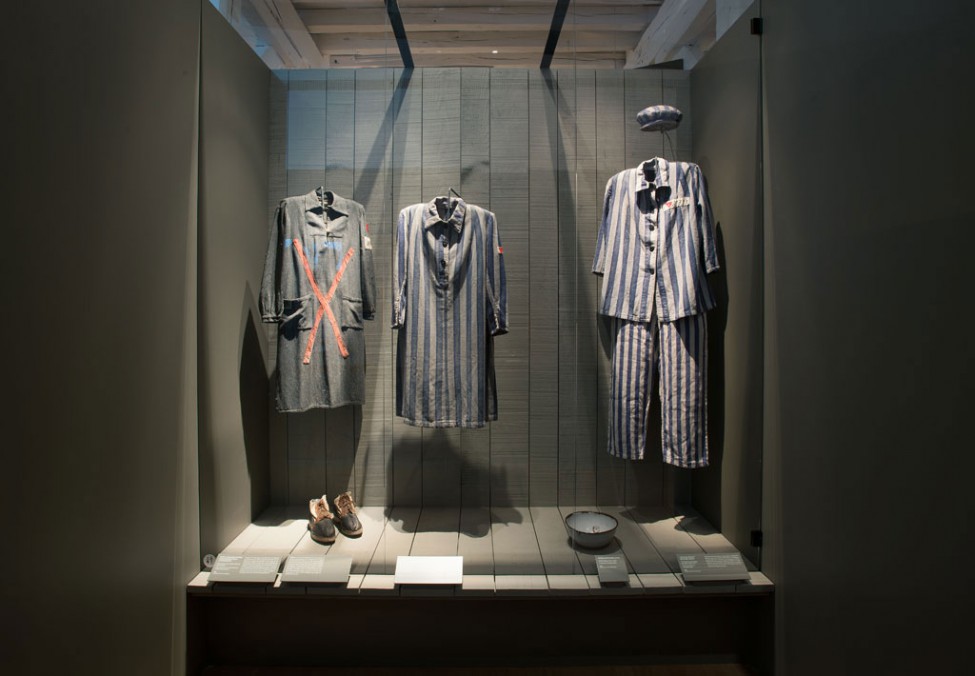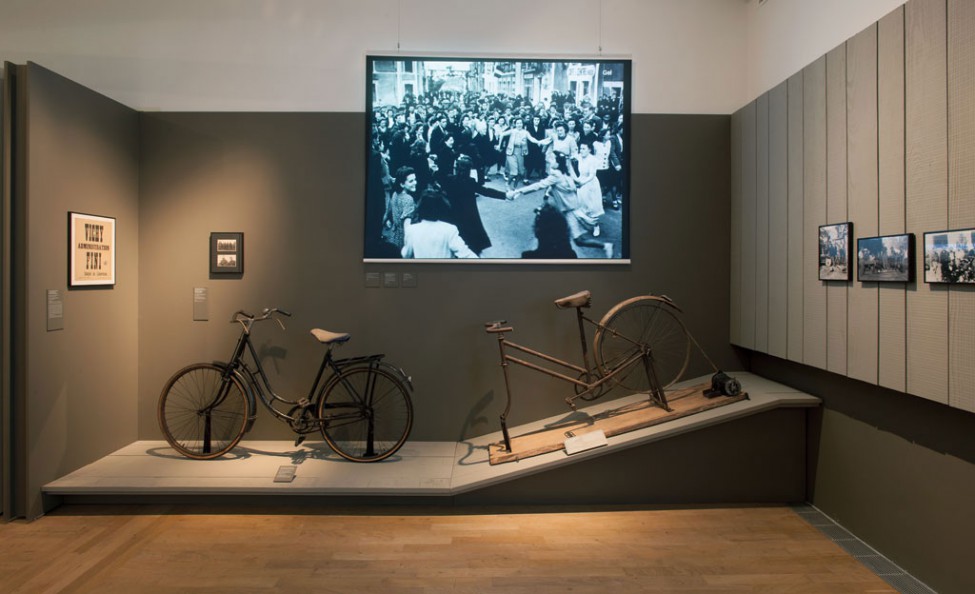past event - exhibition
In war times
1914-1918 / 1939-1945, NANTES / SAINT-NAZAIRE
What is important to retain of what collective memory preserved from the First World War in Nantes and in Saint-Nazaire, two cities at the rear of the front, which hosted the allies and the injured? What shape emerges from the Sacred Union, in a city like Nantes, where a peaceful demonstration erupted the day after Jean Jaures was killed?
From the back of the front, who must stand together with the soldiers, even in poverty? From the war effort who imposes patriotism as a national duty?
What place did the soldiers regain once peace was restored? And what about the women who had replaced them in the companies? What marks of the brutality of the conflict had to be erased? What positive and glorious memory had to be built to sweep away the trauma? What shade of the First War was cast upon the second one?
Did Nantes and Saint-Nazaire take part in the march towards war? Was Nantes a resistant and martyr city, as it describes itself? Wasn’t it also a collaborationist city?
Wasn’t it the scene of denunciation? Of torture? Wasn’t there a population of Israelite origin who was grabbed and sent to concentration camps as in the rest of the country? Didn’t it experience any dark days?
On May 6th 2008, Gisèle Giraudeau donated the uniform she was forced to wear in the concentration camp of Ravensbrück, where she was deported for her actions as a Resistant. Marcel Jaunet donated the Nazi flag he found in the offices of the 11th Army Corps which he secured August 12th 1944 as FFI Commandant (French Forces of the Interior). The Comité du Souvenir des résistants et des déportés de Loire-Inférieure (Committee for the Remembrance of the Resistants and the Deported), contributed a collection of posters linked to the execution of the 50 hostages, and the uniform of Roger Cadiot, a Resistant from Nantes deported to Dachau.
This event, widely communicated by the press at the time, launched the beginning of the collection. It continues to this day. Approximately 650 objects and documents have now joined the collection. Nearly 450 of them are on display. Because the scenario for the exhibition was still being written at the time, this collection drive set the tone for it: its purpose became to tell civilians what it is like to live through a war. All these objects have been meticulously documented. Through their great diversity, each object in its own way offers an account of an era and the emotions related to them. Every last one of them, stories about men and women.
